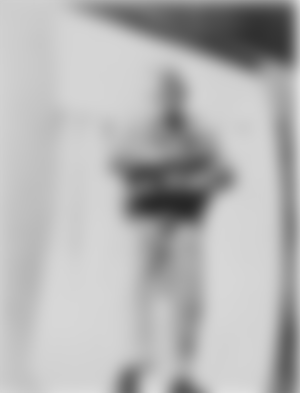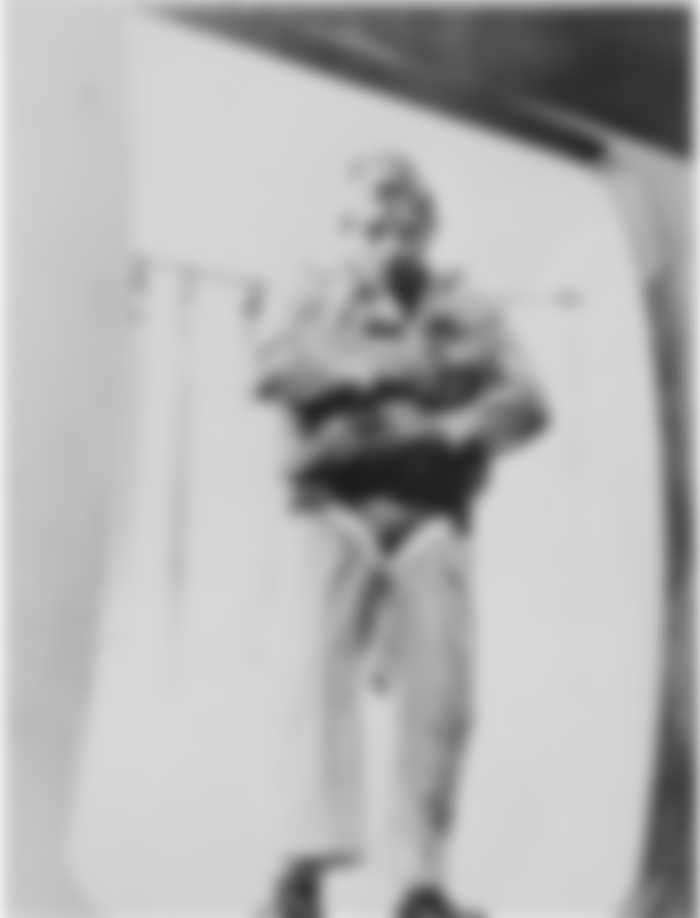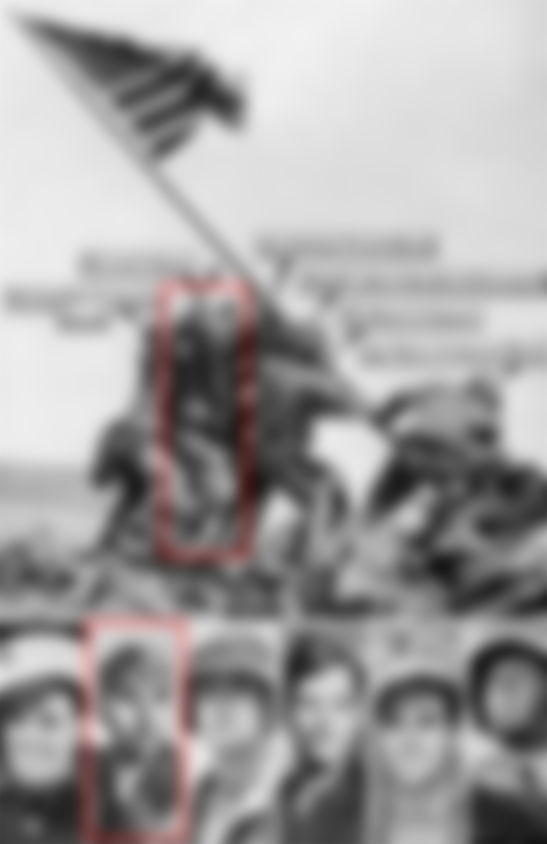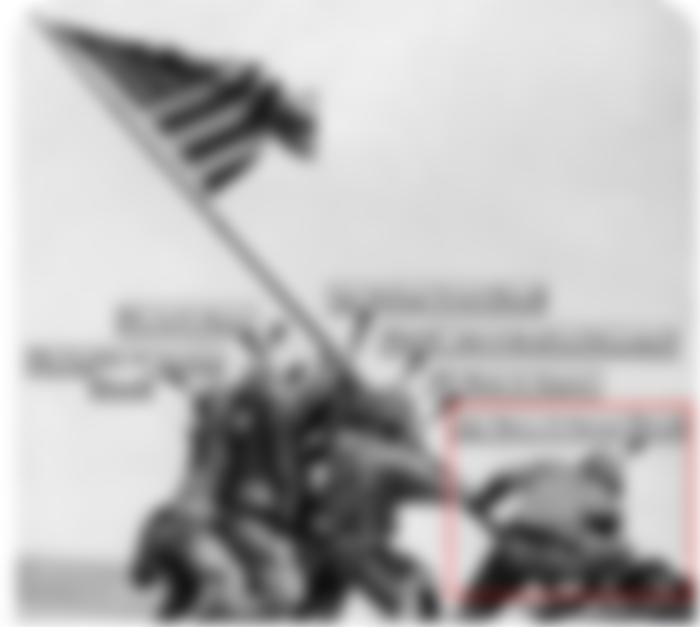The attack on Pearl Harbor on December 7, 1941, dragged America into World War II. Ira Hayes was in many ways the perfect American Marine. Short-haired, serious, in a uniform with medals and medals on it. However, Ira Hayes had, at least in the eyes of a number of Americans, one "flaw" - he was an Indian!

Ira Hamilton Hayes was born in 1923 in Arizona as the eldest of six children in the family of World War I veteran Joseph, who supported the family in peacetime by picking cotton and farming. They were Indians from the Pima tribe and they tried to preserve their identity, but also to be good members of American society in the first half of the 20th century. At the age of four, Ira learned to read and write in English and was a big fan of books. When he was 9, his family moved to a bigger city so that he could attend primary and secondary school in the same place.
The attack on Pearl Harbor as a turning point in life!
Patriotic feelings were burning in young Airy - he confided to a friend from school that he wanted to serve in the army in the United States Marine Corps and take revenge on the Japanese. In August 1942, Hayes was accepted into the Marine Corps reservists. He completed basic training and then volunteered for parachute training at Camp Gilespi. There he received a silver badge and the code name "Chief of the Falling Cloud". Thus began his military campaign - in March 1943 he sailed with the Third Parachute Battalion for New Caledonia. From there, he was sent to Guadalcanal, then to Vela Lavelle… He fought against the Japanese during the Bougainville campaign and from 1944 he was part of the Fifth Marine Division, which was preparing for the invasion of the island of Ivo Jima. The Fifth Marine Division arrived at Ivo Jim on February 19, 1945. Hayes' platoon landed on Ivo Jimmy Beach on February 19, 1945.

On the morning of February 23, the army hoisted the American flag on top of Mount Suribachi, but in the afternoon, an order came to hoist a larger flag. Corporal Michael chose Air Hayes, as well as Harlon Block and Franklin Susley, to go with him to take supplies to the top and raise the flag. They were joined by Rene Gagnon and Harold Schultz, so they raised the flag again on the steel bar that Susley and Hayes found. The photograph of the raising of the second American flag on Suribaca, by Joe Rosenthal from the "Associated Press", became a symbol of the Second World War, and Hayes and Gagnon, as the only survivors of the war, became national heroes.
Correcting injustice!

However, not much happened, and the public started talking about this event. Hayes was especially affected by the fact that the names of the "lifters" of the flag began to be falsified. For example, there were those who claimed that Henry Hensen, and not Harlon Block, was among the heroes who climbed to the top of Suribachi that February day. Both were killed in the fighting, but Hayes felt it was unfair to forget Blok's work. When he tried to correct the mistake in April 1945 and publicly announced that Blok was the one who helped raise the second flag, he was silenced by a Marine officer from Washington. This injustice deeply burned Hayes. During 1946, out of desperation and as a sign of defiance, he walked 2,000 kilometers all the way to Edward Block's farm in Texas to tell the family of the fallen comrade that their son Harlon was with him during the fateful raising of the flag. Thanks to this act, the media also became interested in the case, and in January 1947, the injustice was officially corrected.
What happened next?
After the war, Ira Hayes tried to lead a normal life. However, wherever he went, people stared at him and asked if he was the "Indian" who raised the flag on Ivo Jimmy. He received hundreds of letters, and people would look for him on the reservation. By nature, the silent Ira, this popularity bothered her a lot. He suffered from post-traumatic stress, could not find a permanent job and soon got drunk. He was arrested as many as 52 times for drinking in public. - I was sick. I was about to shoot thinking about my good friends. They were better people than I am, and they will never come back.
Ira Hayes was found dead on January 24, 1955. He was lying in the middle of the street, next to an abandoned hut. Police said the cause of death was hypothermia and alcohol poisoning, but there were other stories. Namely, the night before his death, Hayes drank and played cards in a local cafe. It was noted that he had an argument with another member of the Pima tribe, and that in the end, all but the two of them left the cafe. Hayes' brother Kenneth, a veteran of the Korean War, believed that Irene's death had something to do with that argument. Ira Hayes was buried on February 2, 1955. The funeral was attended by his comrade-in-arms with Ivo Jime and the only living soldier of those who raised the flag - Rene Ganjon.
"He had a little dream in his heart - that one day an Indian, like a white man, would be able to walk freely in the United States," Gagnon said in a speech at Hayes' funeral.
A trace in eternity!
Hayes has been immortalized in art many times before and after his death. In 1949, he appeared in the film "Sands of Ivo Jim", starring John Wayne. It was the subject of an article by journalist William Bradford Hui, which was adapted in 1961 for the film "The Outsider" in which Tony Curtis played Hayes. The film inspired singer-songwriter Peter La Farge to write The Ballad of Air Hayes, which became popular across the country in 1964 after being sung by Johnny Cash. In 2006, Hayes played Adam Beach in the film "Flags of Our Fathers" directed by Clint Eastwood.


